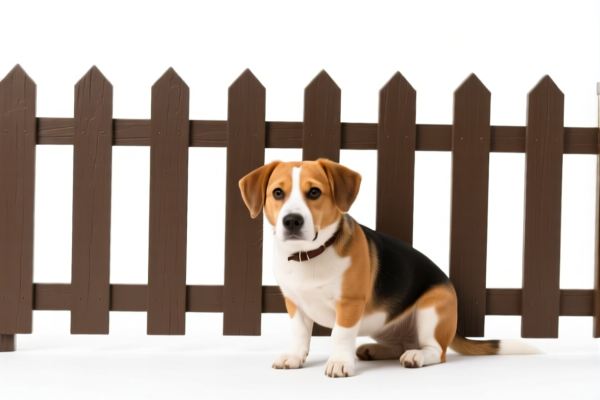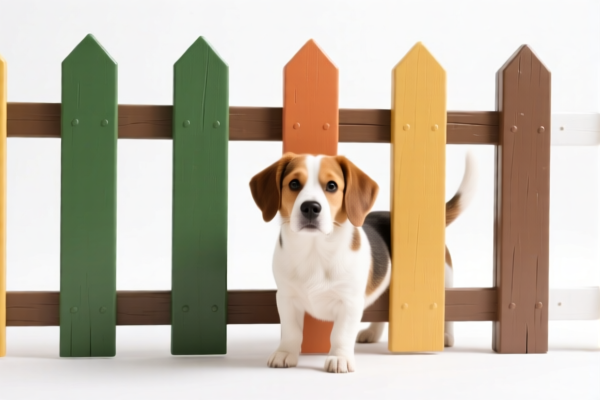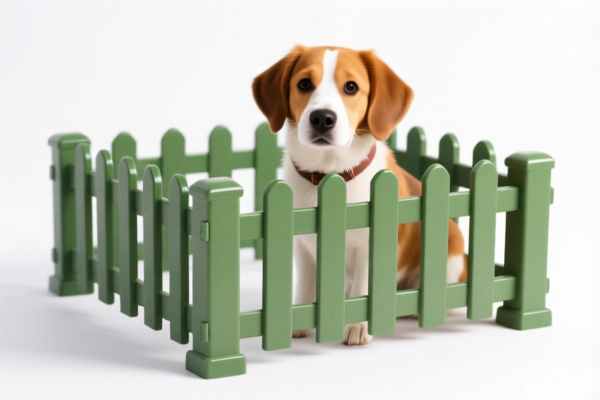| HS Code | Official Doc | Tariff Rate | Origin | Destination | Effective Date |
|---|---|---|---|---|---|
| 4205008000 | Doc | 55.0% | CN | US | 2025-05-12 |
| 4201006000 | Doc | 57.8% | CN | US | 2025-05-12 |




Pet Hideout
A pet hideout is a small, enclosed structure designed to provide a secure and comfortable space for pets, typically cats, small dogs, rabbits, and other small animals. It serves as a personal den, offering a sense of safety and privacy.
Material
Pet hideouts are constructed from a variety of materials, each with differing properties:
- Wood: Offers a natural aesthetic and good insulation. Often used for more permanent structures. Can be prone to damage from scratching and chewing if not properly treated.
- Cardboard: Lightweight, inexpensive, and recyclable. Popular for temporary or single-use hideouts, particularly for cats. Less durable than other materials.
- Fabric: Often used for tent-style hideouts or as coverings for wooden or wire frames. Provides a soft and cozy interior. Can be machine washable.
- Plastic: Durable and easy to clean. Suitable for both indoor and outdoor use. Can feel less natural or comfortable than other materials.
- Metal: Typically used for wire cages with fabric or plastic coverings. Provides good ventilation but can be less comfortable without additional padding.
Purpose
The primary purposes of a pet hideout are:
- Security: Provides a safe space where the pet can retreat when feeling stressed, anxious, or overwhelmed.
- Privacy: Allows the pet to have a personal space away from activity and disturbances.
- Comfort: Offers a cozy and warm environment for resting and sleeping.
- Warmth: Provides insulation, particularly important for smaller animals sensitive to temperature changes.
- Play: Some hideouts incorporate play features, such as scratching posts, dangling toys, or multiple entrances/exits.
Function
Pet hideouts function by:
- Reducing Stress: The enclosed space provides a sense of control and security, lowering anxiety levels.
- Promoting Relaxation: A comfortable interior encourages the pet to rest and sleep.
- Encouraging Natural Behaviors: Provides a space for pets to exhibit natural denning and hiding behaviors.
- Territory Marking: Allows the pet to mark the hideout as their own territory, increasing their sense of security.
Usage Scenarios
- Indoor Homes: Most commonly used in living rooms, bedrooms, or other areas where the pet spends a significant amount of time.
- Multi-Pet Households: Provides a separate space for each pet, reducing competition and conflict.
- Anxious or Shy Pets: Offers a safe haven for pets that are easily startled or overwhelmed.
- New Environments: Helps pets adjust to new homes or surroundings by providing a familiar and secure space.
- Outdoor Enclosures: Some hideouts are designed for outdoor use, providing shelter from the elements.
Common Types
- Cave-Style: Enclosed structures with a single entrance, often made of wood, plastic, or fabric.
- Tent-Style: Fabric structures supported by a wire or plastic frame, often collapsible for easy storage.
- Box-Style: Simple, enclosed boxes made of cardboard, wood, or plastic.
- Hammock-Style: Suspended structures that provide a comfortable resting space.
- Multi-Level: Hideouts with multiple levels, providing more space and play options.
- Covered Beds: Beds with a partially enclosed hood, providing a sense of security without complete enclosure.
- Tunnel Systems: Interconnected tunnels and hideouts, providing a more complex and stimulating environment.
Pet hideouts are not explicitly listed within the provided reference material. However, based on potential material and function, the following HS codes may be relevant:
- 4205008000: This code covers “Other articles of leather or of composition leather: Other: Other: Other”. If the pet hideout is constructed from leather or a composition leather material, this HS code could apply. The total tax rate is 55.0%, comprised of a 0.0% base tariff and a 25.0% additional tariff, increasing to 30% after April 2, 2025.
- 4201006000: This code covers “Saddlery and harness for any animal (including traces, leads, knee pads, muzzles, saddle cloths, saddle bags, dog coats and the like), of any material: Other”. If the pet hideout is designed as a type of covering or protective gear for an animal, similar to a dog coat or saddlebag, this HS code might be applicable. The total tax rate is 57.8%, consisting of a 2.8% base tariff and a 25.0% additional tariff, rising to 30% after April 2, 2025.
According to the provided reference material, the HS code options related to 'pet hideout' are limited, with only the following 2 found.
It is important to determine the precise material composition and intended use of the pet hideout to ensure correct HS code classification.
Customer Reviews
No reviews yet.